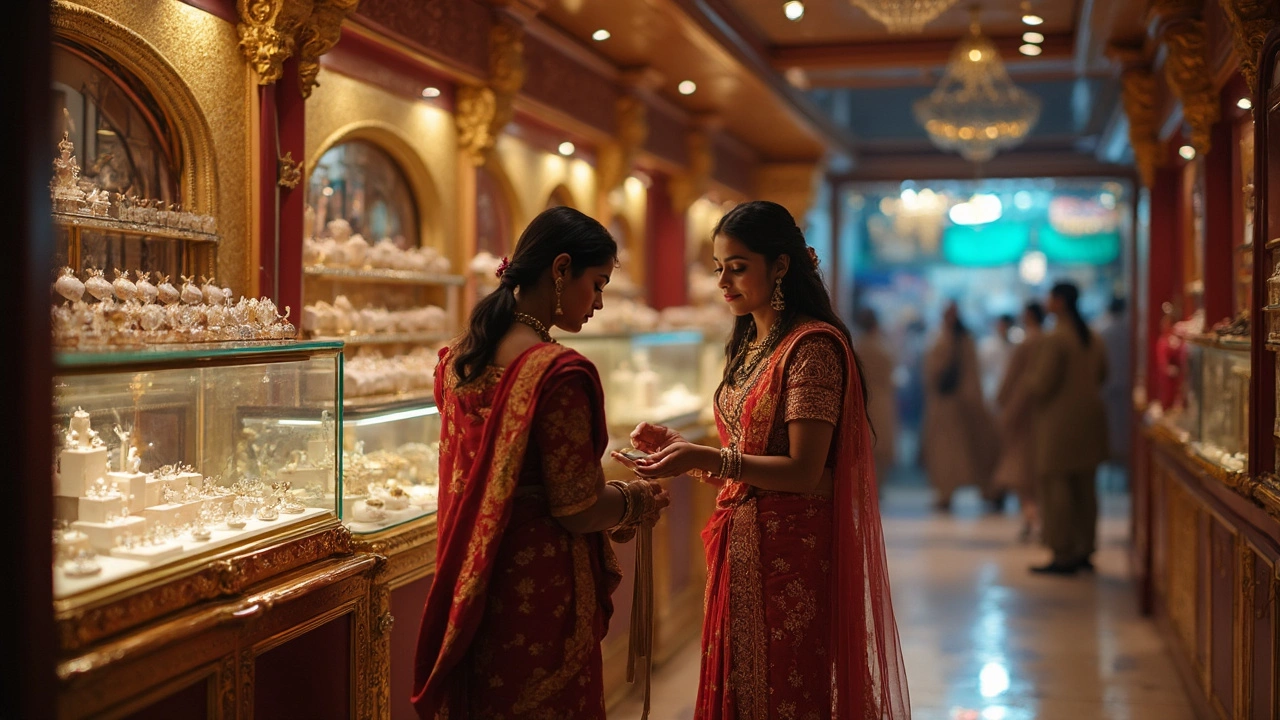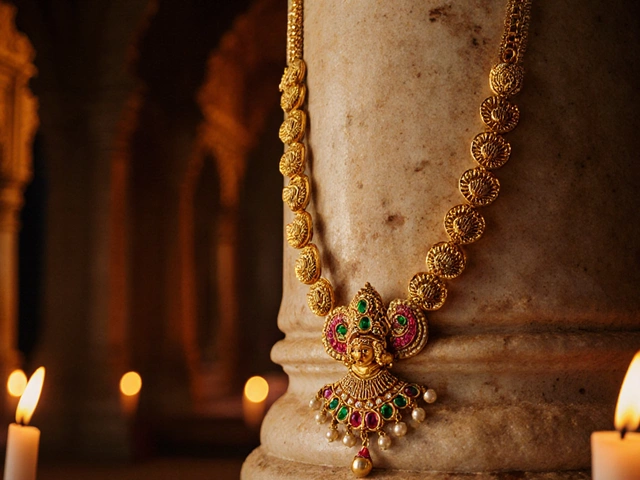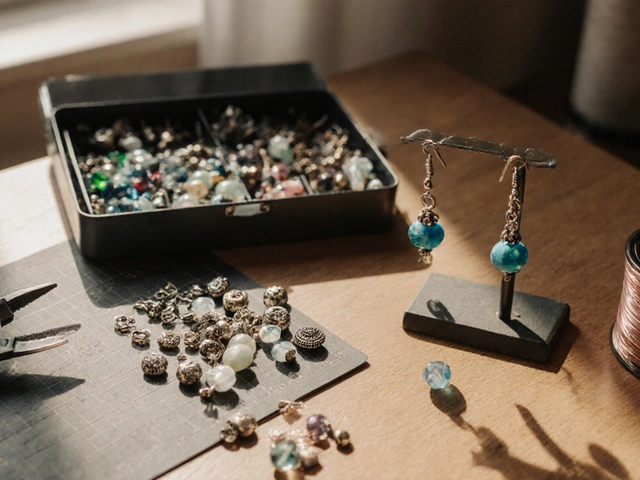Diamond Prices in 2025 – What You Need to Know
Thinking about buying a diamond but unsure what you’ll actually pay? You’re not alone. Prices can feel like a mystery, but they’re driven by a few clear factors. In this guide we break down the numbers, explain why a stone costs what it does, and give you practical steps to get the best deal.
Key Factors That Influence Diamond Prices
First off, the 4Cs – carat, cut, color, and clarity – are still the kingmakers. A half‑carat round with excellent cut, D color, and VS1 clarity will cost dramatically more than a 0.45‑carat stone with a lower cut grade. Carat weight scales up quickly; each 0.1 carat jump can add 10‑20 % to the price.
Cut quality is next. A brilliant cut that maximizes sparkle commands a premium because it reflects more light. If you can tolerate a slightly lower cut, you’ll see a noticeable price drop without sacrificing too much brilliance.
Color and clarity follow similar patterns. D‑F whites are rare, so they sit at the top of the price ladder. Near‑colorless G‑H stones are often a sweet spot – they look white to the unaided eye and are far cheaper. For clarity, most shoppers can’t see anything below 2× magnification, so SI‑SI1 is usually a smart choice.
Beyond the 4Cs, market conditions matter. Global mining output, currency fluctuations, and consumer demand all shift the baseline price per carat. In 2025, the average price per carat for a 1 ct, VS2, G‑color stone sits around ₹2.8 lakh, but this can swing ± 10 % depending on the region and retailer.
Finally, certification adds cost. Diamonds graded by the Gemological Institute of America (GIA) or IGI carry a certification fee that appears in the final price. A certified stone commands trust, which many buyers are willing to pay for.
Smart Ways to Compare and Buy Diamonds
Now that you know what drives the price, here’s how to use that knowledge. Start by setting a clear budget and deciding which of the 4Cs you can compromise on. Most people prioritize carat and cut, so look for the best cut within your budget and adjust color/clarity down a notch if needed.
Use online price calculators. Reputable sites let you plug in carat, cut, color, and clarity and instantly show a price range. Compare at least three retailers; a small price difference can add up to thousands of rupees.
Don’t ignore sales and off‑season offers. Many stores run promos around major festivals or during the financial year end. Buying during these windows can shave 5‑15 % off the sticker price.
Check the return policy and warranty. A transparent return window lets you verify the stone’s appearance in person. Look for a lifetime certification guarantee – it protects you if the grading ever gets questioned.
Lastly, consider buying from a trusted Indian retailer like RH Jewellers. They offer a wide selection of GIA‑certified diamonds, competitive pricing, and a clear breakdown of each price component, making it easier for you to see exactly what you’re paying for.
In short, diamond prices are not random. They reflect measurable qualities and market forces. By understanding the 4Cs, watching market trends, and comparing offers smartly, you can walk away with a beautiful stone that fits both your style and your wallet.
Diamond Prices: Which Country Sells Diamonds the Cheapest?
Curious about where to get the best deal on diamonds? This article breaks down which countries offer the cheapest diamond prices, why these price differences exist, and whether it's worth traveling for a diamond ring. You'll learn insider tips for shopping smarter, and you'll get the truth about buying diamonds in India and beyond. If you're planning to buy an engagement ring, don't miss these practical insights to save money and avoid common pitfalls.
Comparing Diamond Prices: India vs USA
When it comes to buying diamonds, understanding the price differences between India and the USA can save you a significant amount. This article explores the factors that affect diamond pricing in these two countries, such as local market dynamics, import duties, and craftsmanship. Additionally, we explore some tips on how to make the best purchase decision depending on where you are located. Knowing the advantages and disadvantages of each market will empower consumers to make informed choices.






